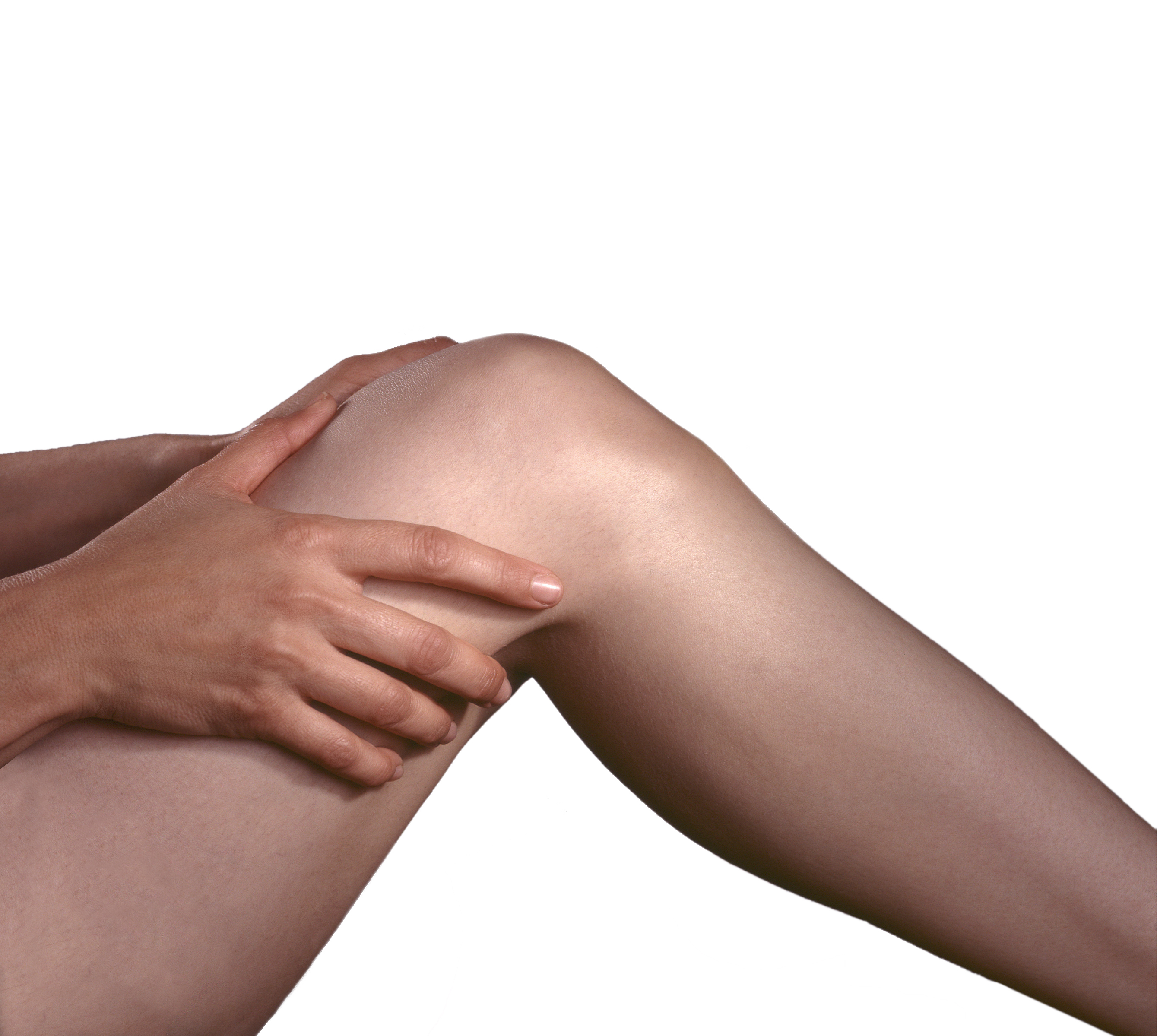For some patients with fibromyalgia syndrome (FMS), neurodynamic mobilization may be able to help with reducing pain and other ailments associated with FMS. A new study, “Results of an Active Neurodynamic Mobilization Program in Patients With Fibromyalgia Syndrome: A Randomized Controlled Clinical Trial,” appearing in Archives of Physical Medicine and Rehabilitation, explained how a neurodynamic mobilization program helped improve pain, neurodynamics, functional status, and fatigue in patients with FMS.
“The neurodynamic mobilization technique is a form of manual therapy that directs force to neural structures through the positioning and movement of multiple joints,” stated Janet Rodríguez Torres, PT, MSc, lead author on the study. In general, neurodynamics encompasses biomechanical, physiological, and morphological systems related to the nervous system. For this specific study, recruited patients used tensioning and sliding exercises to mobilize the nerve roots of their upper and lower extremities.
Most other studies focus on pain as the symptom relieved by neurodynamic mobilization. This study used additional measures, as well as the Brief Pain Questionnaire and the Pain Catastrophizing Scale, to test the effects of neurodynamic mobilization. Patients completed the upper limb neurodynamic test (ULNT), the slump test, and the Straight Leg Raising (SLR) test as a means to show changes in upper and lower limb performance. Fatigue was evaluated through the Fatigue Severity Scale (FSS), and functional state was evaluated through the Health Assessment Questionnaire Disability Index (HAQDI). All tests were conducted at the beginning of the treatment period, as well as eight weeks after the beginning of treatment.
Exercises were completed for 60 minutes twice a week for a period of eight weeks. During a session, a physiotherapist instructed patients to maintain a strained position of the upper or lower limbs for 20 seconds, repeating three times. Ten exercises were completed during each session.
Patients who underwent the neurodynamic mobilization program experienced improvements in all measured areas (pain, neurodynamics, functional status, and fatigue). After just eight weeks of treatment, patients were able to decrease their sensitivity to pain, increase their joint mobility, and improve their self-perceived health status. “To our knowledge, this is the first study to evaluate the effects of neurodynamics in the FMS,” wrote Torres. Scientists acknowledge the effects of a neurodynamic mobilization program are not fully understood, but there were no adverse effects reported during the eight weeks of treatment. This suggests that long-term studies with a follow-up period may be safe to explore.

